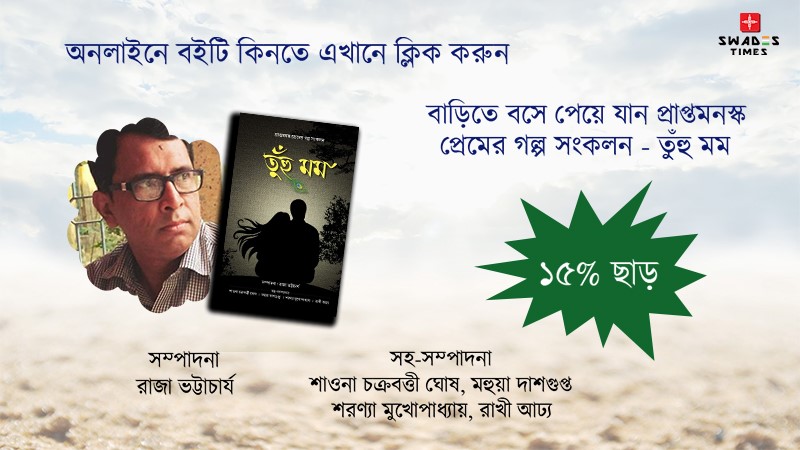A cartoon is a tyre of drawing that is often created in an exaggerated or semi-realistic style, and sometimes animated. The precise meaning has changed throughout time, but nowadays it commonly refers to either: an image or series of images designed for satire, caricature, or humour; or a motion picture whose animation is based on a series of illustrations. A cartoonist is someone who creates cartoons in the first sense, whereas an animator is someone who creates cartoons in the second sense.
It was first used to describe a preparatory sketch for a piece of art, such as a painting, fresco, tapestry, or stained glass window, in the Middle Ages. Beginning in 1843 in Punch magazine, cartoon became a popular term in the nineteenth century. At first, ironically – to comic book drawings in magazines and newspapers. It was also utilised for political cartoons and comic strips at the time. When the medium first emerged in the early twentieth century, it was used to describe animated films that looked like print cartoons.
India has been home to many eminent cartoonists, of which the most successful are:
- Harish Chandra Shukla, popular with the pen-name Kaak, was born in Uttar Pradesh in 1940 and has worked for several well-known Indian newspapers, including the Jansatta, Navbharat Times, Dainik Jagran, Rajasthan Patrika, and many others. The crow, which had astounded Shukla at such a young age, was said to be a bird that makes loud and irritating noises when it hears someone lie. He was also elected as the first president of the Cartoonists' Club of India.
- Sudhir Dar is an Indian cartoonist from the Kashmir region. His works have been published in many newspapers over the last 4-5 decades, making him one of the most prolific artists. Initially employed by The Hindustan Times, he resigned in rage because he believed his creativity was being repressed and restricted. He is also one of many Indian cartoonists whose work has been proudly exported to other countries, including major American and British broadsheet newspapers.
- Abu Abraham was one of India's most radical and clever cartoonists. For four decades he was the cartoonist to emulate despite rejecting religion and living as an atheist for much of his life. His work has appeared in many major Indian newspapers and publications, and he has won many admirers on the international stage for his creativity, intelligence, and meticulous work.
- O.V. Vijayan is not just a well-known cartoonist and but also an author. Khasakkinte Itihasam was his most famous novel. He was a key figure in popularising Malayalam literature in India. His most famous book, "A Little Pastime and A Little Vision," was published in 1990. He has also gained followers in the United Kingdom and most of the Indian subcontinent.
- Kottuthody Puthukkhody Sankaran a.k.a Kutty Nair was born in Kerala and created cartoons for a total of six decades. His debut cartoon, published in the magazine Viswaroopam in 1940, was noted for its hilarious and satirical nature. His works have appeared in major Indian broadsheets and have been appreciated by generations of Indians. He is known as one of India's most prolific satirists and humourists. Kutty eventually moved to the United States, where he continued to create cartoons until his death at the ripe old age of 90.
- Narayan Debnath was a Bengali cartoonist famous for his 1962 series Handa Bhonda. Born on November 25, 1925 in the Shibpur (Howrah district), he went on to create notable works form children like Bantul the Great, Nonte Phonte, etc. He holds the record of longest running comics by an individual artiste for Handa Bhonda. His other creations like Rabi Chobi was published to celebrate the birth centenary of Rabindranath Tagore in the May 1961 issue of the weekly magazine called Anandamela. The full length 50-page comics were first published in the book format by Sarvodaya Sahitya Prakashan, Varanasi. Rajar Raja (was published in 1962), it was illustrated by Narayan Debnath and written by Bimal Ghosh to celebrate the birth centenary of Swami Vivekananda.
- Vijay Narain Seth, better known by his pen name Vins, became the first Indian cartoonist to have his work published in Reader's Digest after being mentored by Mario Miranda. His work has featured in a variety of journals and newspapers around the world. Much of his work is also on display in cartoon museums in India and Europe.
- Paresh Nath is the most well-known Indian cartoonist in the world. Working for the Indian Herald, his political cartoons have also featured in major European dailies, earning him worldwide acclaim — including from politicians and celebrities.
- Mario Miranda's international fame began in his late forties in his hometown of Goa, India. His work has featured in various Indian daily, most notably the Illustrated Weekly of India, where he rose to prominence as a cartoon illustrator.
- R.K Laxman, the creator of “The Common Man” is one of the most recognised cartoon illustrators in the country, both domestically and internationally. Rasipuram Krishnaswami Laxman, born on October 24, 1921, started his career with local magazines and newspapers. His first major stint was as a political cartoonist in the Free Press Journal.
- K Shankar Pillai is widely regarded as the "Father of Political Cartooning" with his pen name Shankar. He has dedicated his life to political commentary through his pictures and writing for youngsters, demonstrating originality and versatility. These serious political matters are elaborated to the common public with humour and not being hurtful.
ADVERTISEMENT





0 comments